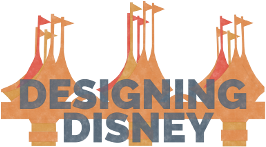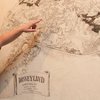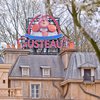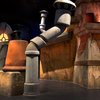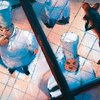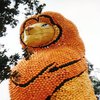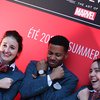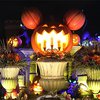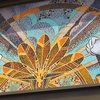Discovering Ratatouille – Creating The Score
Some time ago, we had an exclusive interview with a few of the people that contributed to the creation of Disneyland Paris’ all-new mini-land dedicated to the Disney Pixar film “Ratatouille”. In this article, Walt Disney Imagineering music director John Dennis (“JD”) explains how the score of the attraction “Ratatouille: L’Aventure Totalement Toquée de Rémy” came to be.
Attention, the following text contains spoilers.
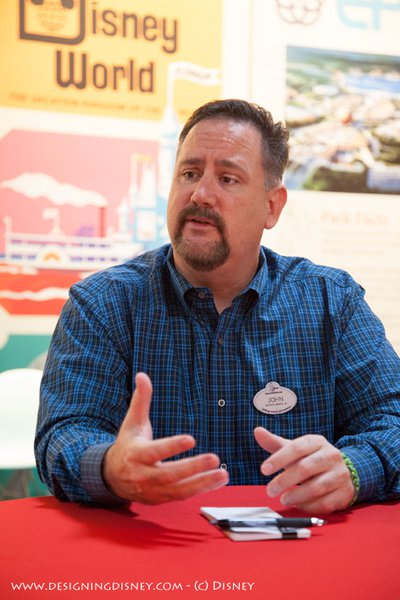
DD: Did you involve the composer of the soundtrack of the movie in the creation of the score?
JD: We knew that the music was going to be a key part of the attraction so we wanted to work with as many of the original authors as possible. That’s why we asked Michael Giacchino, who wrote the soundtrack for the film, if he wanted to help. Michael and I worked together for many years, so he said yes.
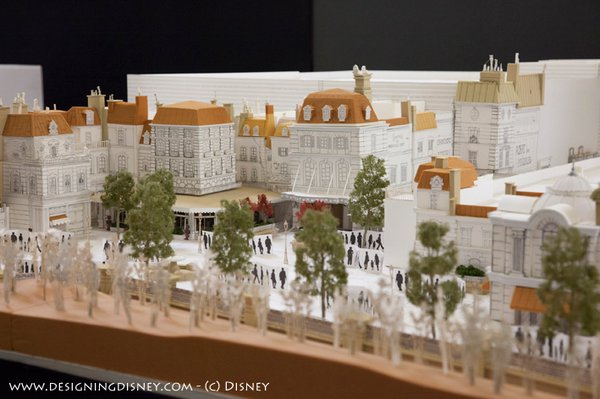
DD: Does the attraction only feature music from the film or did you write new themes as well?
JD: Michael wanted to evoke the memories of the story by drawing music from the film. So we thought, was it right for us to introduce any new themes? Michael looked at it, he and I sat down and we found themes from the movie to fit every scene of the attraction. For example, the soundtrack features a tango which is a perfect fit for the attraction’s exit. You come out of the last scene, you’re kind of spinning around and dancing and you’re getting ready to leave and we said we want something upbeat to get them going. The tango features castanets, lots of Latin feel and percussion. So it really does the trick. And it’s sort of your kiss goodbye out of the attraction.
A lot of people think it’s weird that the soundtrack of the movie features a tango. But for Michael, it wasn’t that farfetched. He and the director Brad Bird didn’t want to be so strict and use only French music. Because French music has been influenced, just like American music, by a lot of different musical cultures from around the world. If you go back to the “Ball-Musette”, that movement of the late nineteenth century, there were actually different dances that got adapted in that musical style. And one of them, is the tango. They named the dance “Tango-Musette”!
So, yes, the attraction only features music from the film. But we rearranged and rerecorded all of it because the needs of an attraction are so specific. Let’s take the beautiful main theme “Ratatouille”. That theme is about 45 to 50 seconds long. You don’t have that kind of time in the attraction. Our time constraints are much tighter. We also have to take into account storytelling and dialogue. Sometimes there are other moments that are more important. As you’re going through scene five for example and you get hit by a broom and the vehicle gets swapped around and we end up under the oven, our job with the music is to sort of create tension and to build up to that moment and to get out of the way to let the sound and special effects take over.
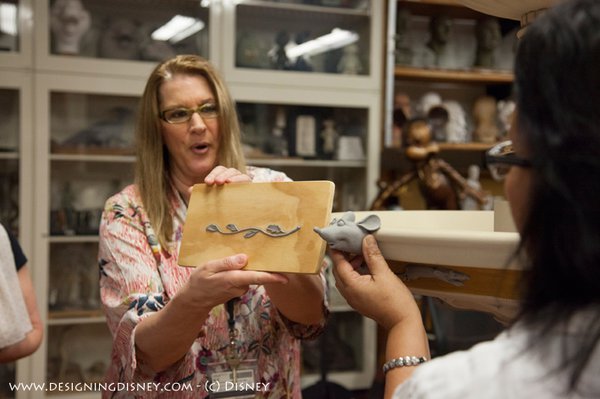
DD: Did the music inspire the design process and vice versa?
JD: Well, it’s a partnership. The music from the film definitely inspired the artists as they moved forward. And as ride vehicles move at a certain pace, we sometimes had to ask the designers to give us a little more time in a particular scene because we wanted the music to have a more relaxed feel or finish a melody. So it’s an iterative process of us going back and forth together.
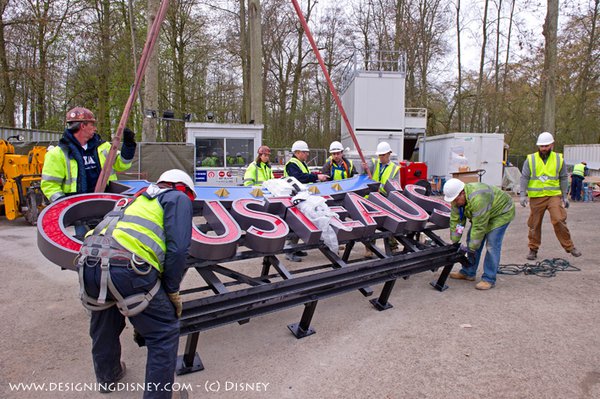
DD: How is the music in the queue line like?
JD: There will be sounds of Paris. You’ll hear Vespa’s and police cars going by in the distance. And sometimes there will be little vignettes coming from the music coming out of the windows. You’ll hear a lady starts singing “Le Festin” and an accordion player across the way joins in and starts playing along with her. And it’s just a little vignette moment and then they stop. And you might hear a dog barking and someone will shout “silence”, “silence”.
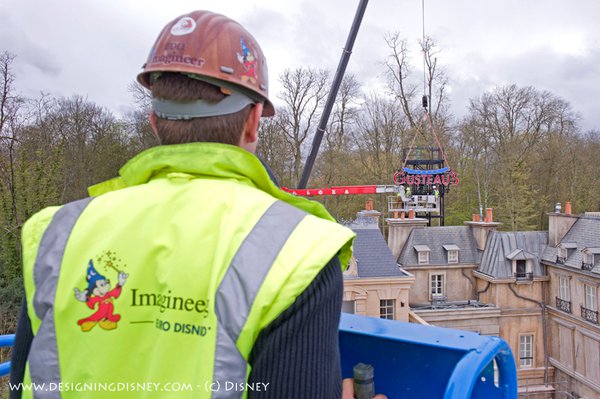
DD: Did you also create the sound effects?
JD: No. The sound effects were created by Skywalker Sound in Northern California. But I worked very close with them. That sound production company actually contributed to the feature film as well.
DD: Do the ride vehicles have on board audio?
JD: It’s “off board” music. There is no “on board” audio for this ride system.
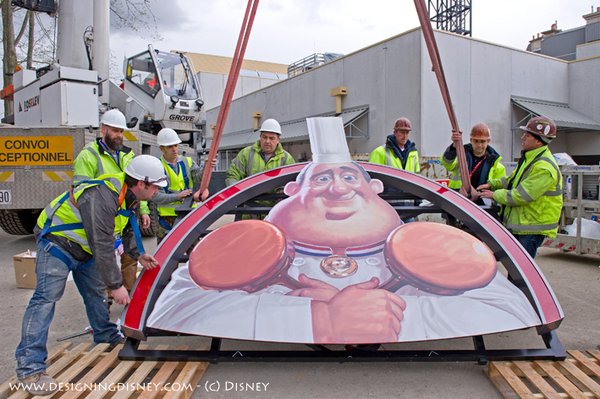
DD: What is the music on the plaza like?
JD: On the plaza, the attitude of the music is up, the tempo is bright, the performances are fun. Because outside, you want energy. People are walking around. We have background music that plays all throughout. But you might also hear individual instruments wafting out of some of the open windows. And as you get closer over near “Bistrot Chez Remy”, there is a small combo playing a guitar, drum, base, a little piano… And it’s all in sync. It’s all working together!
DD: Is the music inside “Bistrot Chez Rémy” up-tempo as well?
JD: Inside the “Bistrot”, we took the arrangements somewhat down a little bit. Consider sitting in a restaurant and having loud music playing all the time? So I went to Michael and said “now we need to fold it back”. We need to tone the music down, make it inviting. So people feel comfortable and not pressured. So we did new arrangements, a little slower tempo, smaller combo, almost influenced by a little cool jazz. But it’s still the themes from the movie, rearranged in a different way.
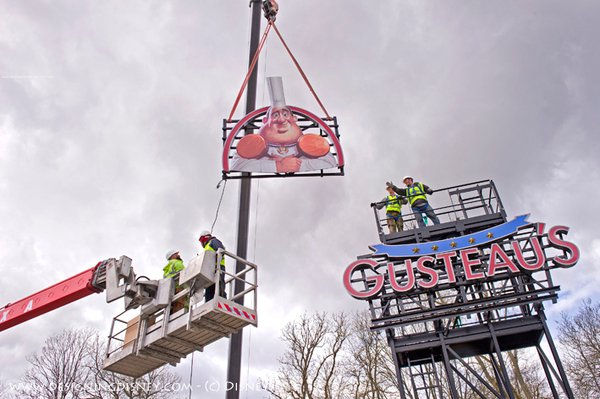
DD: What will the music inside “Chez Marianne – Souvenirs de Paris” be like?
JD: We’re actually taking the exterior music and putting it in there. That made perfect sense.

Credits
Photos: Disney
